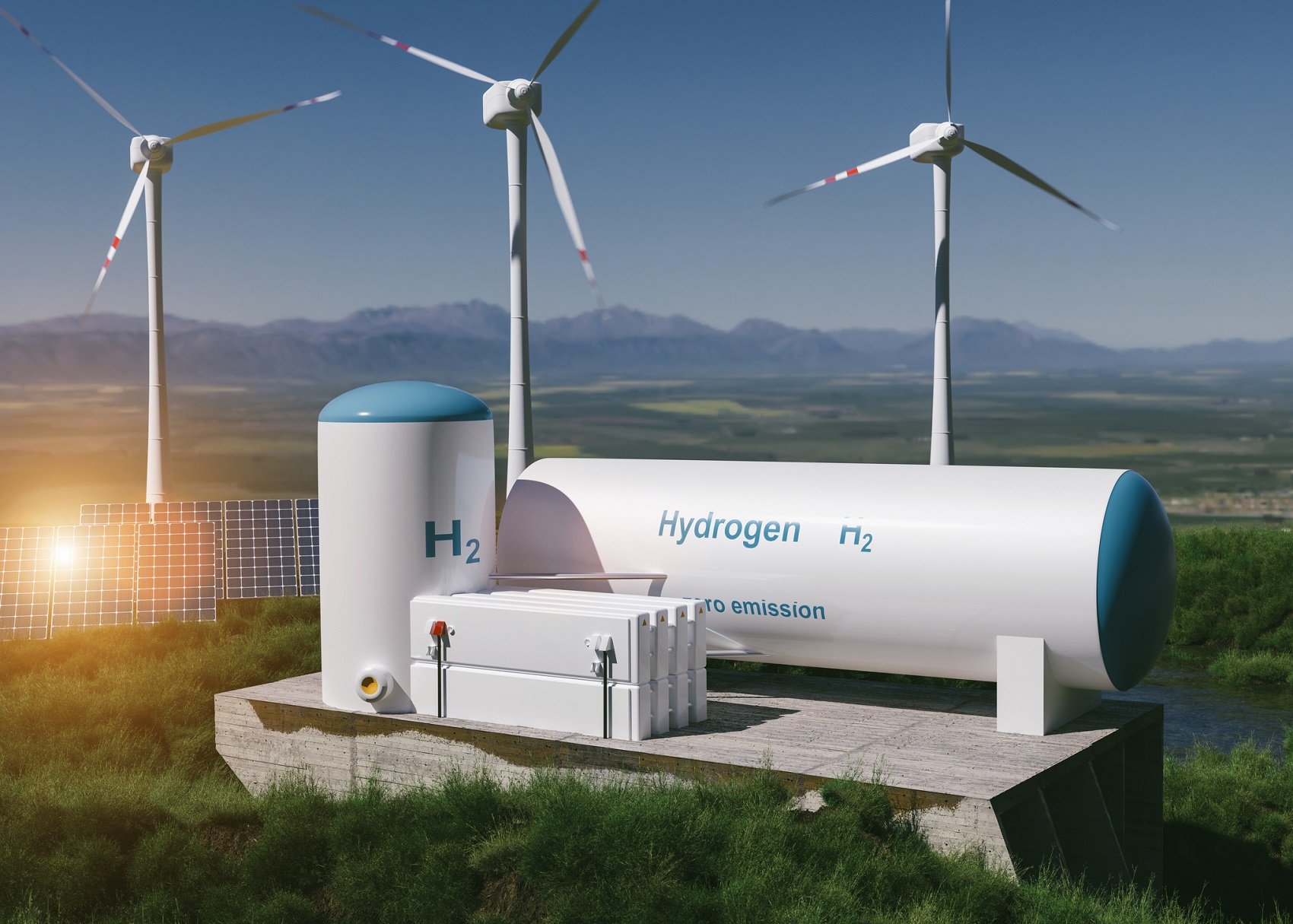HYDROGEN STORAGE SOLUTIONS
In this comprehensive guide, we delve deep into hydrogen storage solutions, exploring the various methods, technologies, and advancements shaping the industry. As the world shifts towards sustainable energy sources, hydrogen emerges as a key player, offering immense potential for clean energy storage. Let's navigate through the intricacies of hydrogen storage to understand its significance and implications.
Download PDF: https://www.marketsandmarkets.com/pdfdownloadNew.asp?id=107179995
Understanding Hydrogen Storage
Because of its low density and volatility, hydrogen—which is frequently hailed as the fuel of the future—presents special difficulties. To fully utilize it for transportation, industrial applications, and power generation, efficient storage systems are necessary. To tackle these issues, numerous approaches have been devised, each with pros and cons.
Types of Hydrogen Storage
- Gaseous Storage: Using this technique, hydrogen is kept under high pressure in metal alloy or composite tank storage. Although it provides relatively simple refilling, its applicability in some settings is limited due to its large size and requirement for a strong tank infrastructure.
- Liquid Storage: Cryogenic tanks hold liquid hydrogen at a very low temperature of -253°C. Although it has a higher energy density than gaseous storage, there are drawbacks, such as the requirement for cryogenic insulation and energy-intensive liquefaction procedures.
- Solid-State Storage: Hydrogen molecules can be adsorbed or absorbed by solid materials, such as metal hydrides, carbon nanotubes, and porous materials, offering a secure and portable storage option. The goal of this research is to guarantee material stability while improving kinetics and storage capacity.
Advancements in Hydrogen Storage Technologies
Materials Innovation
Scientists are always looking for new materials that have better hydrogen storing capabilities. High surface area and adjustable pore architectures are the distinguishing features of metal-organic frameworks (MOFs), which have the potential to achieve reversible and high-capacity hydrogen adsorption.
Nanotechnology
When it comes to storing hydrogen, nanomaterials have special benefits that include increased surface area, better kinetics, and adjustable characteristics. The amazing adsorption characteristics of carbon-based nanomaterials, such as graphene and carbon nanotubes, open the door to effective hydrogen storage devices.
Advanced Composite Tanks
The technology of hydrogen storage is undergoing a revolution because to the creation of robust and lightweight composite materials. High strength-to-weight ratios and corrosion resistance are provided by carbon-fiber-reinforced composite tanks, which overcome the drawbacks of traditional storage techniques.
Applications of Hydrogen Storage
Transportation
Fuel cell vehicles (FCVs) that run on hydrogen have the potential to significantly lower greenhouse gas emissions and decarbonize transportation. With their extended driving ranges and quick recharge capabilities, fuel cell vehicles (FCVs) are a competitive substitute for traditional automobiles.
Energy Storage
Hydrogen is a multipurpose energy carrier that makes integration of renewable energy sources and grid-scale energy storage possible. It allows for steady power generation and reduces the intermittency problems associated with renewable energy sources like wind and solar by storing excess renewable energy as hydrogen.
Industrial Processes
Hydrogen finds applications in various industrial processes, including petrochemical production, metal processing, and ammonia synthesis. Integrated hydrogen storage solutions enhance process efficiency, reduce carbon emissions, and support the transition towards sustainable industrial practices.
Future Outlook
Research and innovation into hydrogen storage will continue to be conducted in order to break through current barriers and open up new opportunities. To fully utilize hydrogen as a clean and sustainable energy source, developments in materials science, nanotechnology, and system integration are essential.
In conclusion, hydrogen storage solutions play a pivotal role in advancing the transition towards a carbon-neutral and sustainable energy future. By embracing innovative technologies and fostering collaboration across sectors, we can accelerate the adoption of hydrogen as a cornerstone of the global energy landscape.
Read More: https://www.marketsandmarkets.com/industry-practice/hydrogen/hydrogen-storage-solution





